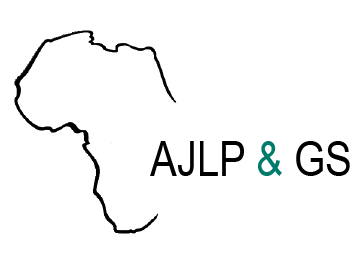The session examined the repurposing of brownfields as a strategic solution to support the global shift from coal to renewable energy, highlighting its importance in addressing land scarcity for sustainable development. The discussion emphasized the need for large land areas as the world…
Assessment Of Urban Land Governance For Sustainable Governance In Ethiopia
The objective of this study is to present the approach to assess needs of land consolidation to prepare rural areas for proper water resource management. The study presented links of water management with land consolidation, which is a new approach in rural development planning in Central Europe…
Uncontrolled urbanization is a frequent cause behind the local flooding of catchment areas. This also results in a degradation of water quality in receivers, as well as causing a disruption of the natural water cycle in the catchment. Classical solutions, such as retention, do not prove to be…
There are important relationships between the urban sprawl process and economic growth. They are usually expressed through spatial relations and changes taking place in the local, regional and national economy. The temporal and spatial dimension, including dispersed location, are the…
The spatial management system in Poland struggles with serious costs as a consequence of local planning. The problem is the lack of appropriate value capturing mechanisms and cost compensation for municipalities, along with significant burdens. Private property is subject to special protection,…
The influence of landscape on nutrient dynamics in rivers constitutes an important research issue because of its significance with regard to water and land management. In the current study spatial and temporal variability of N-NO3 and P-PO4 concentrations and their landscape dependence was…
Agricultural development is determined by various factors, such as environmental, economic, demographic, or social circumstances. In order to present the level of this development as com-prehensively as possible, a multidimensional analysis should be carried out with an appropriate methodology.…
The current study documents the importance of research on preserved artifacts which were previously used to take measurements of the Earth, and their importance for cultural heritage. The article reviewed the available source documents presenting the history of the astrogeodetic control point of…
Intensive agriculture is among the main drivers of diversity decline worldwide. In Central Europe, pressures related with agriculture include habitat loss due to the consolidation of farming units, pesticide and fertilizer use, and shortened crop rotations. In recent decades, this development…
The growing awareness of the negative impact of agriculture on the natural environment creates social expectation towards the reduction of this impact through the pro-environmental activities of farmers. Agri-environmental programmes are one of the key instruments of EU agricultural policy aimed…
Land-use and cover change (LUCC) impacts global environmental changes. Therefore, it is crucial to obtain cross-national level LUCC data that represents past and actual LUCC. As urban areas exhibit the most significant dynamics of the changes, accompanied by such processes as urban sprawl, it…





